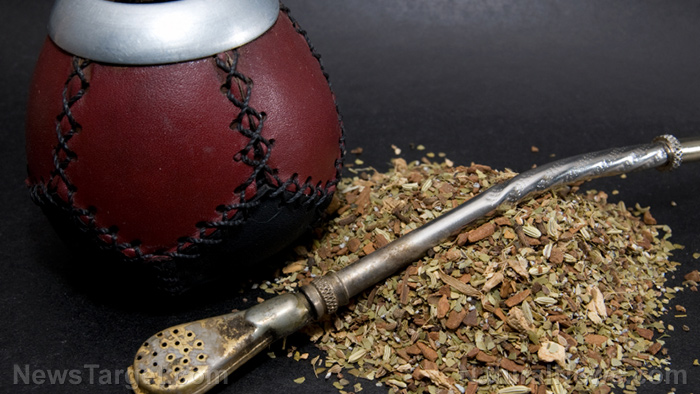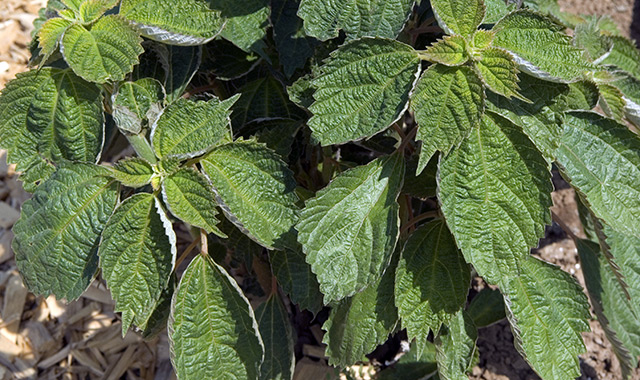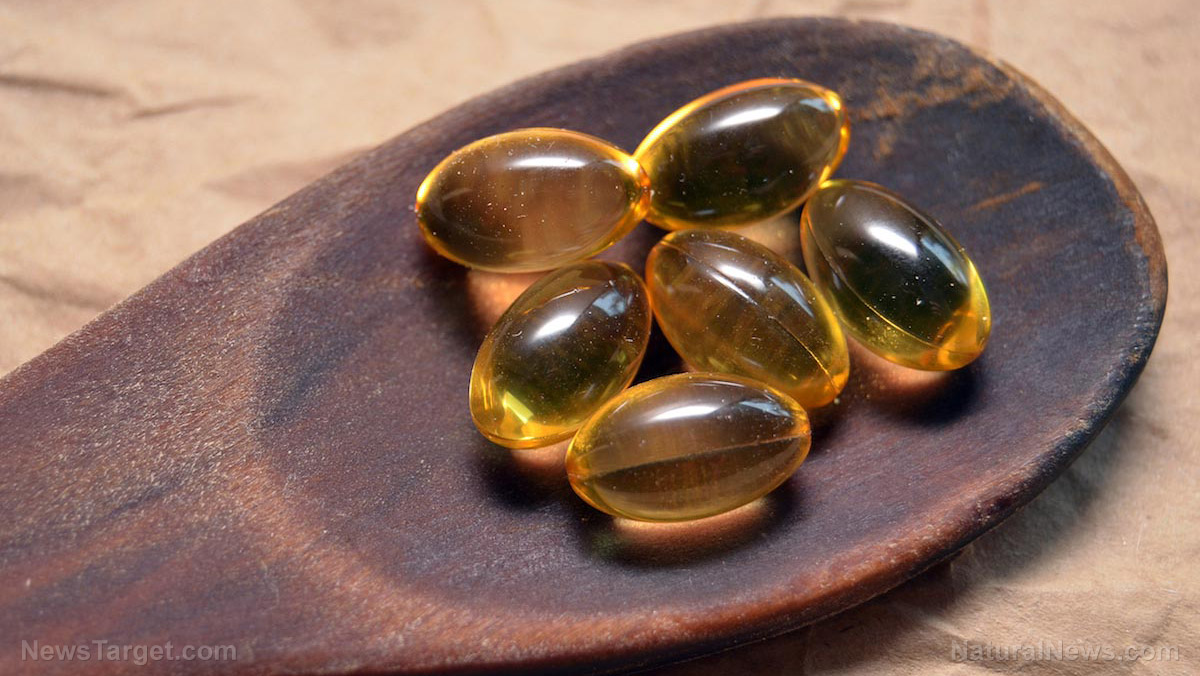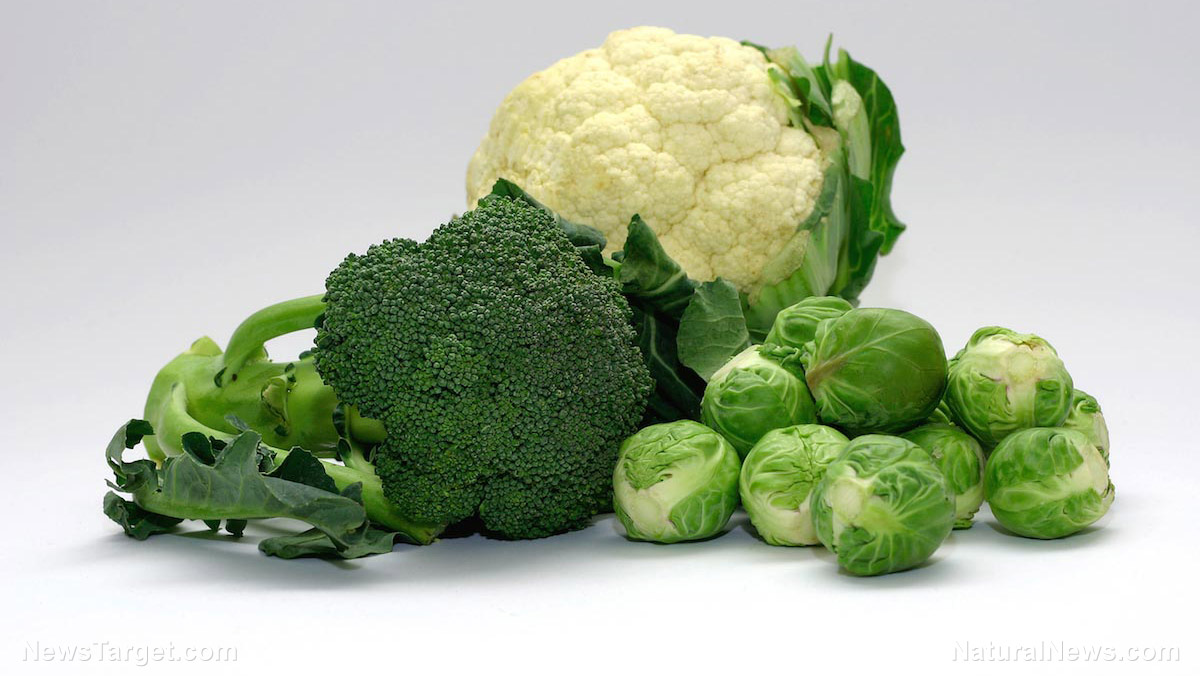Here’s another reason to eat more fermented foods: They are excellent probiotics
10/02/2018 / By Ellaine Castillo

Researchers found that certain fermented foods from Malaysia contained Lactobacillus strains which could be promising probiotic candidates. The study, published in CyTA – Journal of Food, evaluated Lactobacillus strains based on important properties of probiotics. This included tolerance to low pH, bile salts, antibiotic susceptibility, and cell surface properties.
Probiotics are live bacteria that provide multiple health benefits — when taken in the right amounts. Health benefits may include weight loss, better digestion, enhanced immunity, and a lower risk of other diseases. These probiotics can be acquired from supplements or from foods prepared using bacterial fermentation.
One of the most common probiotic bacteria is the Lactobacillus. In this study, 30 Lactobacillus strains were isolated from the following Malaysian fermented foods: tempeh, tapai, pickles, and budu. These were then subjected to pre-screening tests to determine their ability to survive and their ability to produce exopolysaccharides (EPS), which provide health benefits to the host. The results of the pre-screening were used to select strains for further characterization.
From the 30 strains, only six remained. They were first identified using the API50CHL kit and 16s rRNA genome sequences. Based on the results, five strains (TAP1, PIC7, BU11, BU14, and TAP16) were related to the Lactobacillus fermentum species. While the remaining strain (TEMP9) is associated with the Lactobacillus platarum species.
In order for bacteria to be used as probiotics, they must be able to survive the stomach and the intestines. To determine if the selected bacteria would survive, these conditions were mimicked by placing the Lactobacillus strains in low pH and by adding bile salts. Results from this experiment showed that among the six strains, TEMP9 and TAP1 had the highest rate of survival in acidic conditions and in the presence of bile salts, respectively.
The characteristics of the bacterial cell surface are also important to consider when determining if they would be suitable probiotics. In this study, they looked into auto-aggregation, co-aggregation, and hydrophobicity. The results show that the six Lactobacillus strains exhibit these characteristics to the degree expected of probiotics.
Lastly, the susceptibility of the different strains to antibiotics was also tested. This is important because probiotics should not be able to confer antibiotic resistance to pathogenic bacteria. They performed this test by exposing the six strains to commonly prescribed antibiotics. Results showed that the selected strains do not exhibit any transferable antibiotics.
Overall, this study shows that the six Lactobacillus strains from Malaysian fermented food are promising probiotics candidates. This means that when people eat tempeh, tapai, pickles, and budu they also receive the different health benefits associated with foods like yogurt and cheese. (Related: Probiotics are essential in preventing disease and maintaining health.)
Other types of probiotics
Aside from Lactobacillus, other probiotics include:
- Bifidobacteria – This bacteria makes up most the colon microbiota. Within days of being born, Bifidobacteria will already be present in the intestinal tract. Their abundance makes them good indicators of intestinal health.
- Streptococcus thermophilus – This bacterial species is involved in the production of commercial foods such as yogurts and cheeses. It reduces the risk of lactose intolerance since it is able to convert lactose into lactic acid. S. thermophilus has also been implicated in the maintenance of microflora of the intestines.
- Saccharomyces boulardii – Unlike the previously mentioned probiotics, this one is actually a species of yeast and not bacteria. Studies have shown that S. boulardii promotes immune and digestive health. Aside from this, it also reduces the occurrence of diarrhea in children and adults.
Learn more about the benefits of adding probiotics to a person’s diet by visiting Nutrients.news today.
Sources include:
Tagged Under: disease prevention, fermented foods, gut health, healthy diet, healthy diets, healthy gut, Lactobacillus, Malaysian fermented foods, probiotics



















